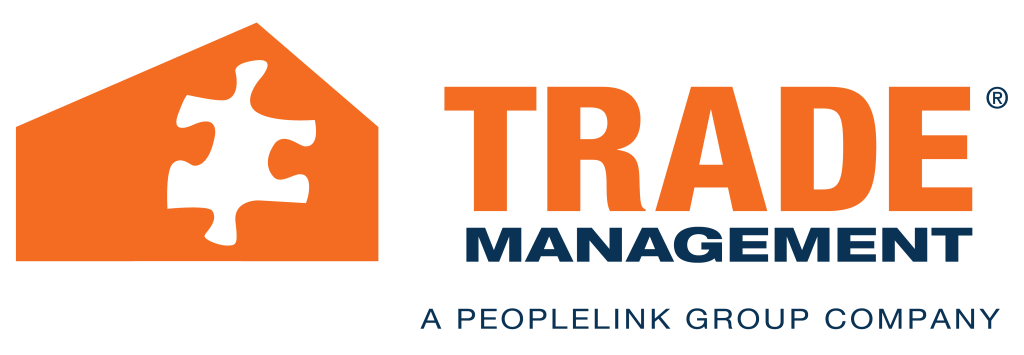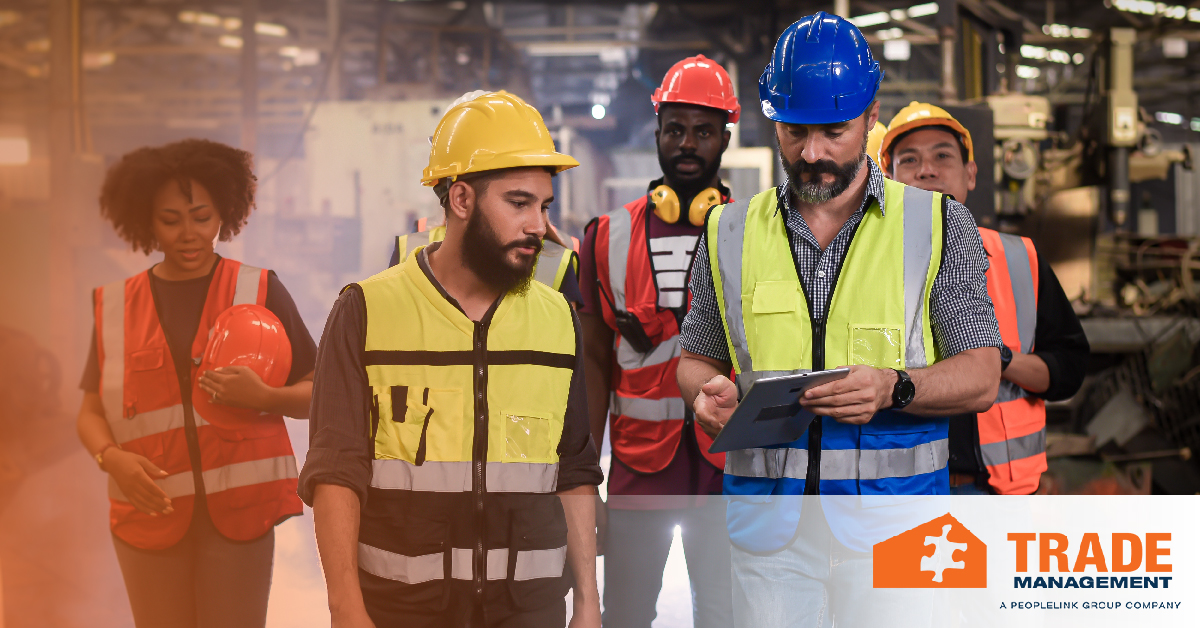A pipefitter foreperson supervises pipefitters as they install pipes used for heating, cooling, steam, hot water, lubricating, and processing systems. This installation process involves altering pipe sizes, securing pipes to tanks and walls, and threading and hammering pipes. Pipefitting exposes workers to a range of hazards that can result in injuries and illnesses. It is the pipefitter foreman’s responsibility to reduce risk and maintain compliance in the work environment.
Discover common hazards for pipefitters and how a pipefitter foreperson can manage risk and ensure compliance on the job site.
Equipment Hazards
Pipefitters utilize saws and torches as part of their work to modify the sizes of pipes. This process involves several inherent risks that can lead to various types of injuries. Accidents involving power saws can result in cuts, wounds, nerve damage, and even the amputation of digits or limbs. Sparks emitted from a welding torch can cause burns to the skin and eye injuries. Additionally, the use of machines can potentially lead to cuts, entanglement, eye injuries, crush injuries, and even the severing of limbs. It is crucial for pipefitters to be aware of these hazards and take appropriate precautions to ensure their safety while carrying out their tasks.
A pipefitter foreperson can provide further help managing risk and ensuring safety compliance by taking these actions:
- Maintain the equipment.
- Inspect the equipment before use.
- Ensure that the equipment guards work.
- Keep the power cords away from the work areas.
- Ensure pipefitters wear safety glasses, long-sleeve shirts, and coveralls.
- Avoid having pipefitters use the tools in wet areas.
Exposure To Hazardous Materials
Pipefitters who are involved in working with refrigerants, oxidizers, flammable products, or any other hazardous materials face a heightened risk of injury. There are several potential hazards associated with this type of work, including the following:
- Fires, which have the potential to cause burns and lead to smoke inhalation.
- Chemical fumes, which can be harmful to the respiratory tract and cause damage.
- Splashes from dangerous chemicals, which can result in burns and eye injuries.
To ensure the safety of pipefitters, it is crucial for them to be aware of these risks and take necessary precautions. This includes utilizing proper safety measures, wearing appropriate personal protective equipment (PPE), following established protocols for handling hazardous materials, and working in a properly ventilated environment. By implementing these actions, a pipefitter foreperson can effectively manage risks and ensure compliance with safety protocols.
Particle Release
When hammering pipes to modify their shape and size, there is a risk of sustaining injuries. One potential hazard is the possibility of metal fragments breaking away from the pipes. These fragments can pose a danger by piercing the skin or entering the eyes.
It is important for individuals involved in this task to exercise caution and utilize appropriate safety measures to minimize the chances of such injuries occurring. A pipefitter foreperson can manage risk and ensure safety compliance by ensuring pipefitters wear the proper clothing and PPE, such as long-sleeved shirts, pants, safety goggles with side shields, and safety gloves.
Musculoskeletal Injuries
Carrying heavy loads can significantly increase the risk of injury, affecting various parts of the body. This includes potential harm to soft tissues, ligaments, tendons, muscles, and bones. The strain placed on these body parts due to the weight being carried can lead to sprains, strains, tears, fractures, and other related injuries.
It is crucial to exercise caution while handling heavy loads. A pipefitter foreperson can help manage risk and ensure safety compliance by taking these actions:
- Educate pipefitters on the importance of assessing every load before lifting it.
- Remind pipefitters to ask for assistance or utilize mechanical lifting equipment when dealing with heavy loads.
- Train pipefitters to lift with their leg muscles and keep the load close to their bodies.
Do You Need To Hire Safety-Minded Workers?
Partner with Trade Management to add safety-minded workers to your team. Contact us today.

